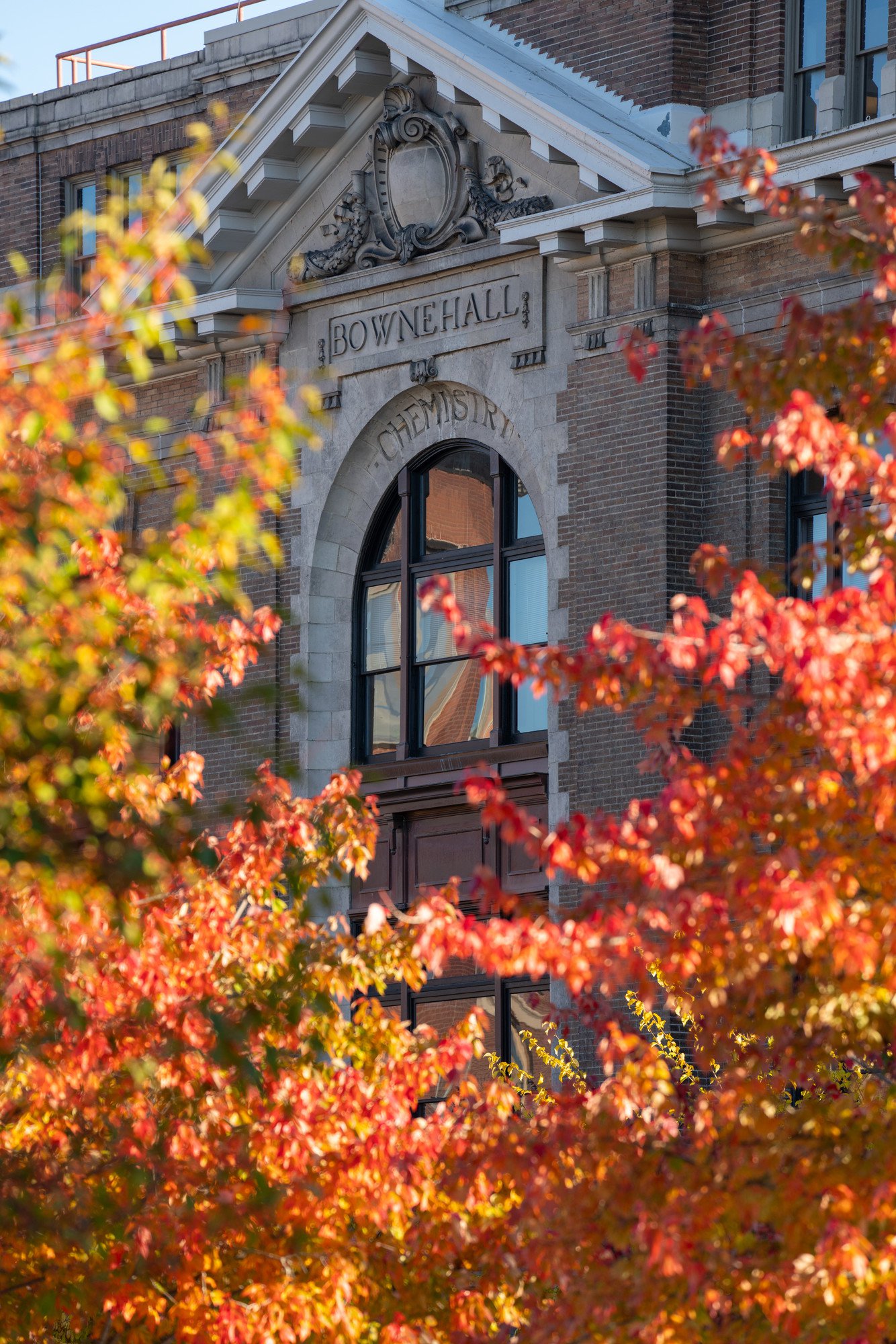
Light, temperature and weather – these are some of the environmental factors that affect the timing and intensity of leaves changing color throughout the fall season, according to Alan Middleton, Associate Dean of Research and Scholarship and Professor of Physics in the College of Arts and Sciences. Middleton was recently interviewed by Spectrum News and explained that the way trees prepare for winter and how our eyes see color create the perfect scenario for beautiful fall foliage. As we transition through autumn, the decrease in daylight and drop in temperatures cause leaves to stop making food. Chlorophyll, which is the green pigment in leaves responsible for the absorption of light, disappears, giving way to the vibrant yellow and orange colors that mark the season.
